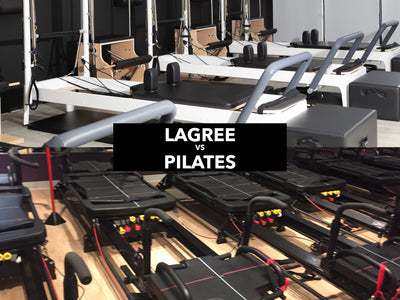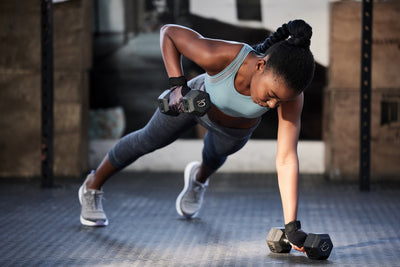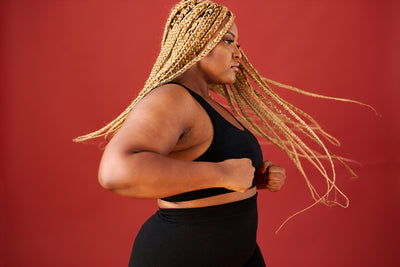From the outside, looking in yoga and Pilates are two sides of the same coin. You use a mat for both. Doing both can strengthen your core and increase flexibility. You can do both exercises at home with a DVD or streaming. Because these two forms of exercise seem from the sweat fogged studio windows, impact your perception of them. But there are significant differences between yoga and Pilates.
A Brief History of Yoga
It’s tough to condense the history of yoga into a paragraph, but here it goes: Yoga has been around since the dawn of time (some researchers think it may be up to 10,000 years old). The Rig Veda, a sacred ancient Indian collection of songs, mantras, and rituals, first mentioned yoga about 5,000 years ago. Over the centuries, the practice was evolved, but its purpose of connecting the individual consciousness with the universal consciousness has been constant. Yoga has many branches. You’re probably most familiar with hatha yoga, a posture system that purifies the body and gives awareness and control over the internal state. Hatha yoga includes vinyasa flow, Bikram (hot) yoga, aerial yoga, and other physical yoga forms. But there are different branches like mantra yoga, which centers the consciousness within, or jnana yoga, which emphasizes discriminative intelligence to achieve spiritual liberation. Recently, there has been significant discussion about how yoga has been co-opted — with white women being the face of yoga, especially during the pandemic.
A Briefer History of Pilates
While yoga might have been developed over centuries Pilates, has been making a mark in the fitness world for a shorter period. Pilates was developed by Joseph Pilates, a German physical trainer, while he was interned in Britain during World War I as a German enemy alien. At the internment camp, he worked as a nurse, which allowed him to experiment on bed-bound patients by attaching springs to hospital beds to help the patients tone their muscles. After the war, he immigrated to the United States, where he opened the first Pilates studio (called “Contrology” at the time) for athletes and dancers to help strengthen their core.
What is the difference between yoga and pilates?
Histories aside, there are a few differences between Pilates and yoga.
- Spirituality. Yoga is about connecting to a higher self through meditation and mindfulness. Though you might decide to do yoga to learn how to twist yourself into a pretzel, the major purpose of yoga is to work on your mind and your body. Spirituality — developing a sense of calm and clarity of mind — is more important in yoga than perfecting postures. In comparison, Pilates solely focuses on the physical tasks necessary to strengthen and tone your body in a gentle way.
- Breathing. Breathing is vital in both Pilates and yoga (and life in general), but the purpose of breath differs between the practices. In Pilates, there are specific breathing techniques to help in movement and muscle activation for the various exercises. Typically in Pilates, you’re encouraged to breathe in through your nose, directing the breath to the sides of the ribs and out through your mouth, closing the rib cage. That lateral breathing helps to keep the abs activated when performing an exercise, which can increase your risk of injury. In yoga, breathing is meant to facilitate relaxation and to connect with your body. While in yoga, you’ll be encouraged to breathe in and out through the nose. Breathing through the nose allows you to take fuller breaths, which increases oxygen flow through your body and stimulates the parasympathetic nerve receptors, which calms the mind and body.
- Apparatus. Clearly, you do not need a medieval torture device to do Pilates. But Pilates reformers, Cadillacs, Chairs and more (or Pilates Reformed for those that know) use pulleys and springs to support the body and also create resistance providing for a more challenging strength training workout. In mat Pilates, that resistance is made with your body weight. Similarly, any resistance in yoga is created with your body weight.
- Movements. Yoga and Pilates have many movements in common, like front support/plank, swan stretch/cobra, and the boat pose/teaser. However, there are differences in how long you hold a pose and order. In yoga, poses are held longer than in Pilates. Maintaining a posture longer is supposed to help keep you in “the moment,” which helps create a sense of mindfulness. In Pilates, movements are held for a shorter period with specific reps to focus on control and precision. Also, unlike yoga, Pilates follows reps. So you know when you’re torturing yourself during the hundred, it will only last 100 beats.
- Core strength. With yoga, getting stronger is a by-product of practice but not the goal (or necessarily shouldn’t be the goal). With Pilates, it is the goal. Pilates focuses on strengthening the core — the abs, obliques, adductors, butt, hips, and lower back. A by-product of that work is improved posture and balance.
Should I choose Yoga or Pilates?
Great news: you don’t have to. You can practice yoga and Pilates as part of your fitness/spiritual routine. But if you have to choose between two (is someone putting a gun to your head?!), here are some things to consider.
- What are your goals? Do you want to add physical activity to your life to help you destress? Do you want to work on your six-pack? Knowing what you want to get out of an exercise can help define what works best for you.
- What’s your workout style? Do you want to get sweaty? Does the thought of laying down throughout your entire workout appeal to you? Does the idea of clearing your mind of thoughts freak you out? Figure out how you like to work out and investigate the different yoga and Pilates techniques that align with your style.






Leave a comment